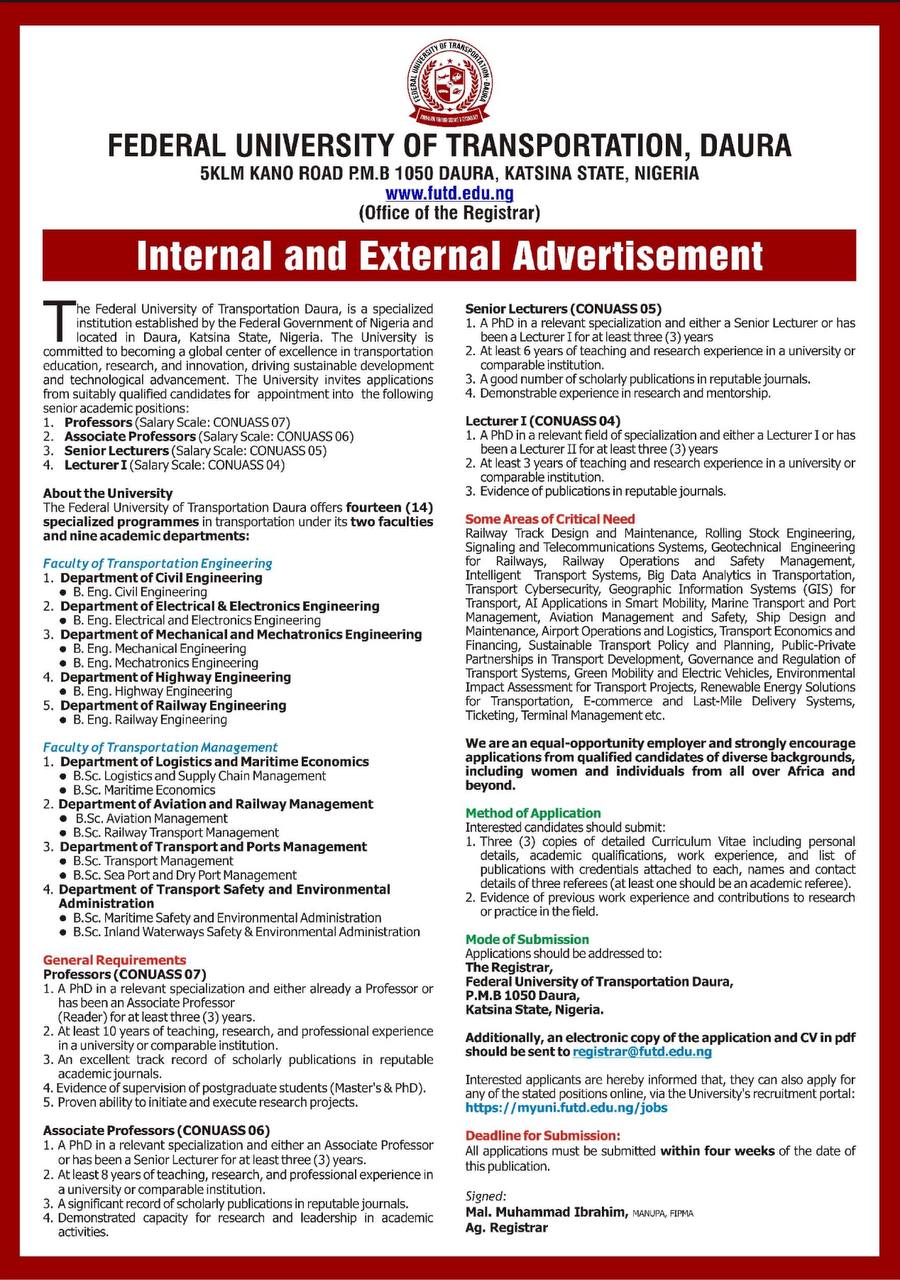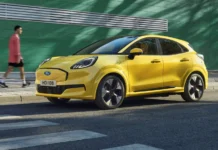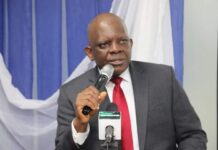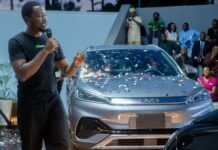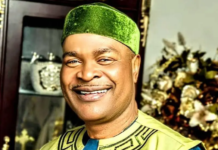The leaders of the embattled Renault, Nissan, Mitsubishi alliance put forward a unified face by unleashing a new divide-and-conquer plan to bolster their troubled business.
The strategy calls for dividing the world geographically, with partners spearheading operations in the regions where they are strongest. And it adopts a leader-follower approach to engineering, in which they will divide responsibilities for R&D among themselves.
Details of the plan will be fleshed out by May when the individual companies plan to individually announce new mid-term plans that take into account their production footprints and product development needs, Renault Chairman Jean-Dominique Senard said on Thursday.
But some directions are already clear. In terms of geographic responsibilities, Renault will take the lead in Europe, Nissan will be the director in China and Mitsubishi will head Southeast Asia. They did not specify a point company for North America, though Nissan is the biggest player there.
The companies will also divide engineering work, with one company leading R&D and product development in a given area and the other companies sending people to assist. This will differ from the old method which had teams, for example, in France and Japan working in tandem.
New areas to divvy up include the upper body of vehicles, where the alliance companies hope to eke out more synergies and commonization. They will also split work into platforms and powertrains. Renault will also be handed the lead in developing light commercial vehicles.
“The auto industry is facing big transformations,” Nissan CEO Makoto Uchida said while announcing the new approach. “We discussed how to fully utilize the strength of each entity.”
The strategy was agreed to earlier in the day by the Alliance Operating Board, a new steering committee launched last March following the arrest of former alliance Chairman Carlos Ghosn.
The push to improve efficiencies comes amid continued upheaval at world’s biggest auto group. Its leaders are fighting falling sales and shrinking profits and struggling to find joint projects that can boost results and deliver on the alliance’s promise of massive scale and combined resources.
Combined global deliveries for the alliance fell 5.6 per cent to 10.2 million vehicles in 2019, below Toyota’s 10.7 million vehicle sales for the first time since 2016 and the 10.9 million sold last year by Volkswagen Group. Toyota’s sales climbed 1.4 per cent and VW’s gained 1.3 per cent.
Overcapacity is pressuring the automakers as they face spiralling costs for new technologies.
And all the while, the alliance endures unprecedented sniping from Ghosn, who jumped bail in Japan and escaped to freedom in Lebanon where he paints the alliance as a failed “masquerade.”
The four-member panel is overseen by Senard, in his role as Ghosn’s successor, and seats the heads of Renault, Nissan and Mitsubishi. But the Alliance Operating Board’s lineup has already seen significant churn since its creation less than a year ago. Two members are new since October.
Representing Renault is interim CEO Clotilde Delbos, who was appointed in October, and coming from Nissan is Uchida, who took office as CEO only last month.
Mitsubishi Motors Chairman Osamu Masuko sits in for his automaker.
At its start, the initial board was composed of Thierry Bollore from Renault, Hiroto Saikawa from Nissan, along with Mitsubishi’s Masuko. At the time, Masuko served as both chairman and CEO of Mitsubishi. Masuko handed the CEO role to Takao Kato in June.
Over the last year, Bollore was pushed out at Renault. And just this week, Renault appointed Luca de Meo, the former head of Volkswagen Group’s Seat brand, to replace Delbos from July 1.
Saikawa resigned in September after improperly receiving excessive payouts under a stock-linked executive compensation program. An acting CEO filled in until Uchida took office.
To give the so-called AOB more teeth, the partners created an alliance general secretary position last month who will coordinate major projects across the three automakers.
They appointed Hadi Zablit to that role. Zablit had served as the alliance’s senior vice president of business development since March 2018, heading such programs as the development of the Common Module Family-A platform, a shared architecture for small cars.
Zablit, who attended the Jan. 30 meeting, is charged with accelerating the efficiency of joint operations among the companies, in an effort to boost operating profits across the board.
Nissan will hold an extraordinary shareholders’ meeting on Feb. 18 to appoint Uchida and several other new directors to the Japanese automaker’s board. The gathering will also be a platform for the Nissan management to offer fresh details of its latest restructuring plans.
Aside from Uchida, shareholders will vote on approving COO Ashwani Gupta as a new director as well as Hideyuki Sakamoto, Nissan’s executive vice president in charge of manufacturing and supply chain management. Also up for an appointment is Pierre Fleuriot, a Renault nominee.
Renault, which rescued Nissan from bankruptcy in 1999, has a 43 per cent controlling stake in Nissan while Nissan holds a 15 per cent, non-voting stake in Renault, whose top shareholder is the French government. Nissan took a controlling 34-per cent stake in Mitsubishi in 2016.
Bloomberg and Auto News contributed to this report

